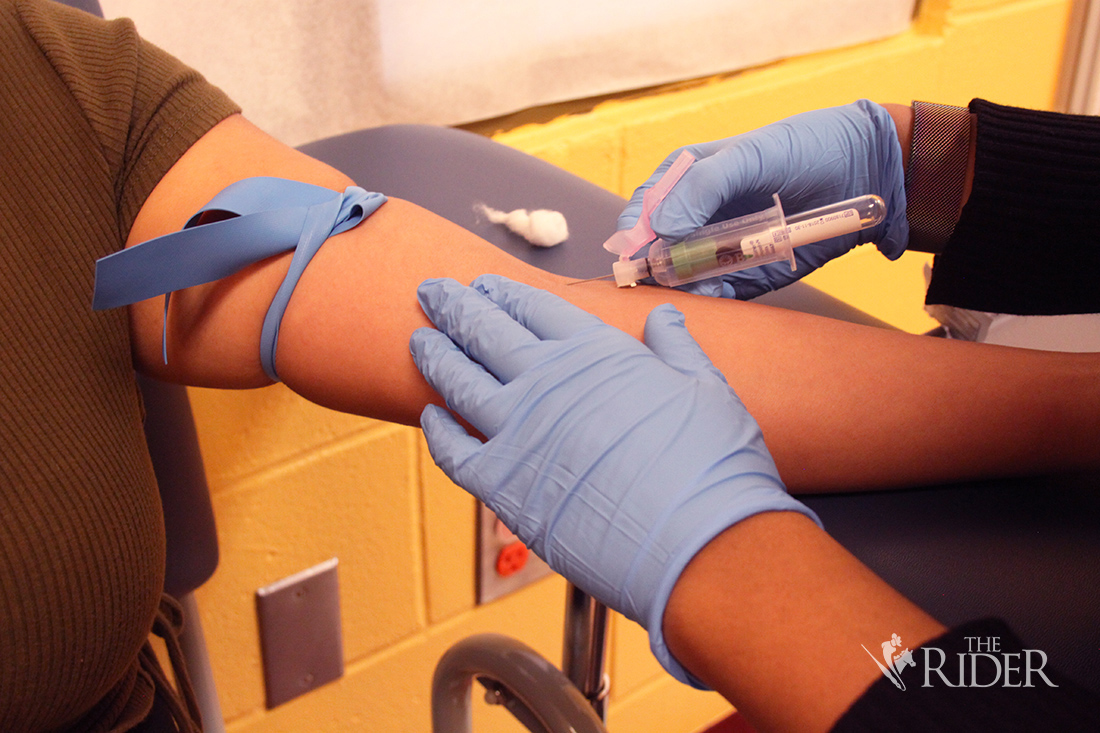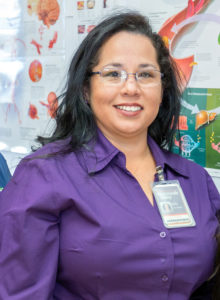
UTRGV has opened an Area Health Education Center in the community of San Carlos in Hidalgo County to provide free health care for the community and allow medical students to gain experience.
The Area Health Education Center, which opened Nov. 14, was funded through a collaboration between UTRGV’s School of Medicine and the Health Resources and Services Administration, “the primary federal agency for improving health care to people who are geographically isolated, economically or medically vulnerable,” according to its website.
The clinic in San Carlos is the third UTRGV facility to open. Two more centers are in Cameron and Starr counties. The centers received a $3.75 million grant, which will be distributed throughout five years.
After learning the grant approved three AHECs, the School of Medicine approached Hidalgo County officials and asked which community needed a program like this. They agreed San Carlos was a good option.

“The primary goal … [is] to give opportunities to help aspiring health care professionals, health care students, including medicine, nursing, social work, physician assistant and others, to experience what it’s like to serve and work in rural, underserved areas,” said John Ronnau, senior associate dean for Community Health Partnerships for the School of Medicine.
In areas like San Carlos, there’s a shortage of health-care providers, and with this project, students will be more inclined to work in these areas, according to Ronnau.
Students will work in teams to get to know the community, conduct projects, help improve the community’s health and educate the community about certain health issues.
“In addition, there will be … a pipeline program,” Ronnau said. “We will bring high school students … who are interested in health-care professions.”
The center provides services at no cost, including anemia, blood-sugar level, and cholesterol and general exams. Minor sutures are performed as well.
Some of the services not offered at the center currently are X-rays, major sutures, and emergencies will be referred to 911.
Patients outside the San Carlos community are welcomed as well, and they do not need to have insurance.
Aracely Ramirez, the medical office manager and a licensed vocational nurse, said the technology of telemedicine will probably be available in January 2019.
“That allows us to be able to assess a patient at one location with the provider being in a different location,” Ramirez said. “And then we communicate via the internet and being face-to-face via a laptop [with the health-care provider].”
Instruments such as stethoscopes help detect what the patient might be suffering from, and the health-care provider can diagnose even though he is not physically with the patient.
“We can also put the stethoscope to their chest, and then the provider tells us where to place it, and then he can listen to the heart via some headphones,” Ramirez said. “Then he can make a better diagnosis for the client, and if they need [to get] medication, he can do that through our electronic medical records, as well.”
Domingo Palomo is the family nurse practitioner for the Area Health Education Center, and the primary health-care provider. He expects to see 16 to 20 patients per day in each of the centers.
Palomo, received training and started working full time Nov. 26. He said that although it is not free, he can refer patients to specialists at a lower cost if needed.
Palomo is in the Cameron County center Mondays, Tuesdays and Thursdays full time, and Fridays part time in San Carlos and Wednesdays in the Starr County center.
“Eventually, they want to hire somebody for each clinic,” Palomo said.
Ronnau is thankful to the counties because they have provided space and maintenance for the clinics.
“In all three cases, the county is providing space in their resource centers at no cost to UTRGV,” he said.





